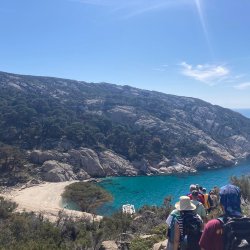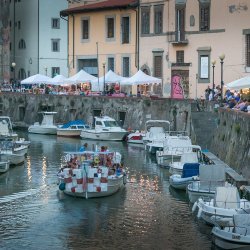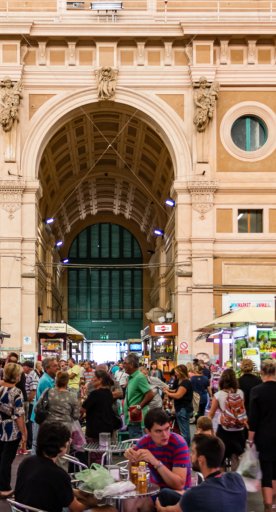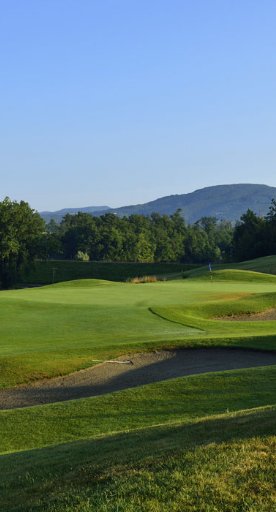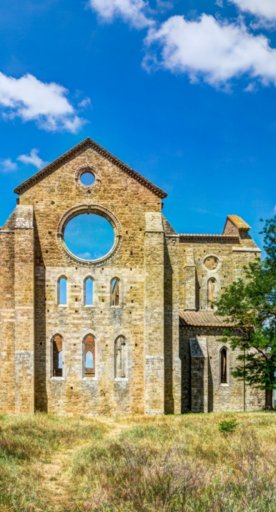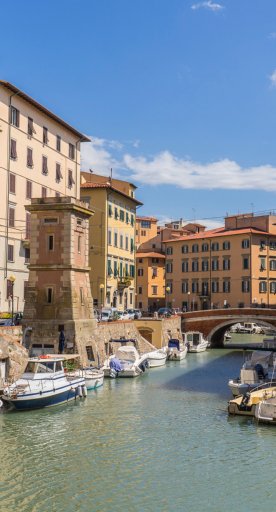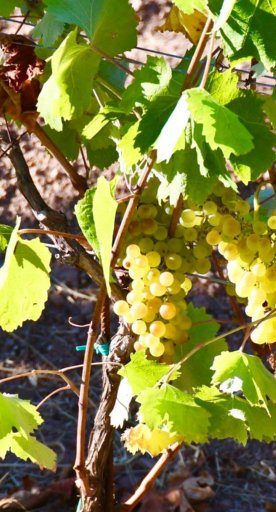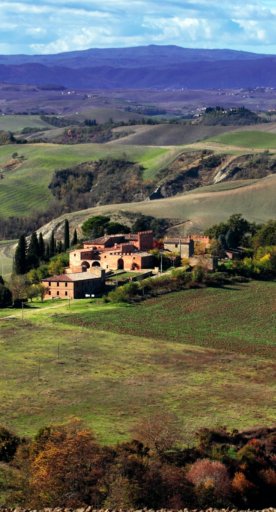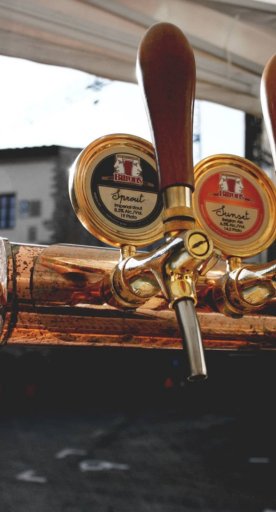The archaeological areas of the Tuscan Archipelago
A journey into the past among the islands of Tuscany
The Tuscan Archipelago is not just an expanse of extraordinary nature, but also a place rich in a history arising from the waters of its islands. Amid Roman villas, ancient ports, submerged shipwrecks, and fascinating spa complexes, each island boasts a fascinating past.
Visiting these historic places allows you to discover the strong connection between man and this unique territory, where nature and archaeology extraordinarily intertwine.
-
1.Elba Island
-
2.Isola del Giglio
-
3.Giannutri
-
4.Pianosa
-
5.Capraia and Gorgona
Elba Island

|
Elba Island, the largest of the archipelago, was undoubtedly an important landmark for those traveling around the Mediterranean. The artifacts found here date back even to prehistoric times and include mysterious vertically arranged stones, similar to menhirs, that can still be found on the summit of Monte Capanne. Indeed, many of the artifacts now housed in the Archaeological Museum of Marciana come from here. |
Isola del Giglio

Isola del Giglio—or, Giglio Island—has been inhabited since prehistoric times and was especially popular during the Roman period.
The Villa del Saraceno, in Giglio Porto, dates back to the 1ˢᵗ–2ⁿᵈ centuries AD and was built by the Domizi Enobarbi family. This residence included areas for fish farming, reflecting the importance of maritime activities.
Further traces of Roman presence emerge from the seabed, including a merchant shipwreck and amphorae from the 3ʳᵈ century AD, confirming the island’s commercial vocation.
Giannutri

Giannutri, the wildest of the islands, preserves an ancient Roman villa owned by the Domizi Enobarbi clan, built in the 2ⁿᵈ century AD in the heart of the island. With its privileged views of the sea, the Villa exemplified luxury and sophistication.
The island is also home to the remnants of a port at Cala Maestra. In its depths are wrecks of Roman and Etruscan ships, evidence of a past linked to trade and navigation.
Pianosa

Pianosa island holds traces of human settlement since prehistoric times, such as the findings in the Grotta dei Cervi.
During Roman times, this was a place of exile for Agrippa, nephew of Emperor Augustus. Testimony to his presence are the Agrippa Baths, a spa complex with pools, theater and fishponds, as the archaeological centerpiece of the island.
Also not to be missed are the early Christian catacombs, dated between the 4ᵗʰ and 6ᵗʰ centuries AD, with their evocative tunnels and loculi.
Capraia and Gorgona

Capraia Island, with its pristine landscapes, was crossed by peoples such as the Phoenicians, Greeks, Etruscans and Romans. Near the castle are the remains of an imperial villa, while on the Sella dell’Acciatore, some mysterious stones arranged in a particular fashion suggest rituals from ancient times.
In Gorgona, the remains of a late Republican maritime villa emerge in the locality of Limiti.
Finds such as Roman ceramics testify to a vibrant past, deeply connected to the Mediterranean.

